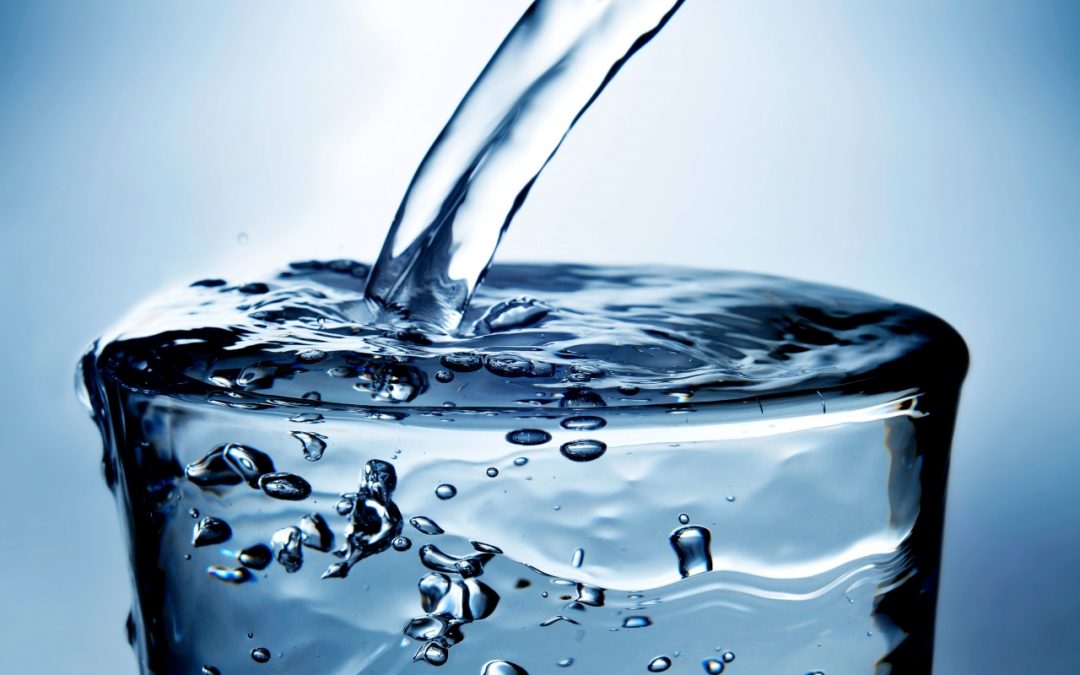Water filters are essential at home as they remove potentially hazardous contaminants and unwanted impurities from the drinking water. In-home water filtration systems improve water quality by enhancing its taste and smell. Before you install one, learn about the types of water filters available.
Common Types of Water Filters
There are numerous ways to filter water, but not every filter is suitable for every home. The type of filter you need depends on the contaminants in your tap water. Order a water test to learn more about the pollutants and sediment present before choosing a filter for your home.
Activated Carbon Filters
Activated carbon filters are among the most common water filters in the home. They are popular because they are inexpensive and highly effective at removing water contaminants and impurities.
Activated carbon filters feature carbon that effectively improves water taste and smell. Carbon filters remove chemicals and contaminants, including chlorine and many pesticides and herbicides. Activated carbon will only remove up to 70% of arsenic. If you’re in an area where this is a concern, supplement with another filter type.
Ultraviolet (UV) Water Systems
If you get your water from rain, streams, private wells, or a lake, you’ll need a UV disinfection and water purification filter for your home. Water from these sources may contain harmful bacteria and microorganisms like protozoa, Hepatitis, E.coli, viruses, and coliforms.
Most water filtration systems will remove chemicals and sediment. However, UV is the only in-home water treatment system capable of killing 99.99% of microbiological pollutants. UV water purification destroys microorganisms that could make you and your family sick.
That said, UV systems do not remove sediment and chemical contaminants, so you’ll still need to use a water filter in your home. UV water disinfection is a chemical-free way of killing bacteria to make the drinking water safer.
Types of Water Filters: Reverse Osmosis (RO)
Reverse osmosis (RO), another common home water filtration method, removes most bacteria, microorganisms, and dissolved solids from water. RO works by forcing water through a semipermeable membrane that traps microorganisms and minerals, producing clean drinking water.
However, RO water is not as healthy to drink. While the system is effective at filtration, it also removes minerals. As a result, drinking RO water doesn’t provide the minerals necessary for health. It’s one of the most expensive types of filtration systems.
There are plenty of options available to provide clean, fresh drinking water for your family. Before choosing a filter, order a water-quality test to learn about local contaminants and to help you select the best system for your home.
Redtail Building Services provides home inspections to home buyers and sellers in Southeastern Virginia. Contact us to schedule our services.

